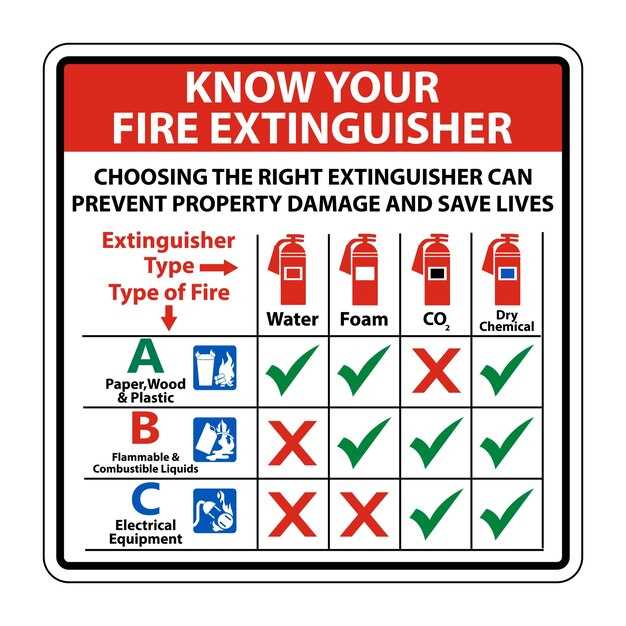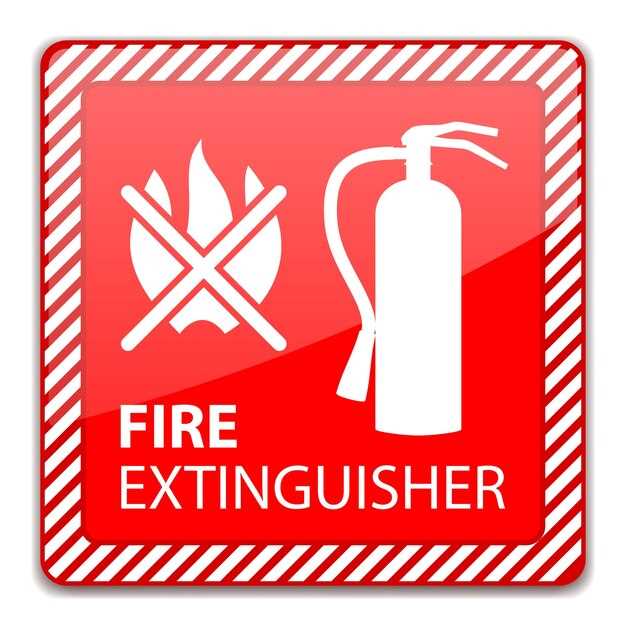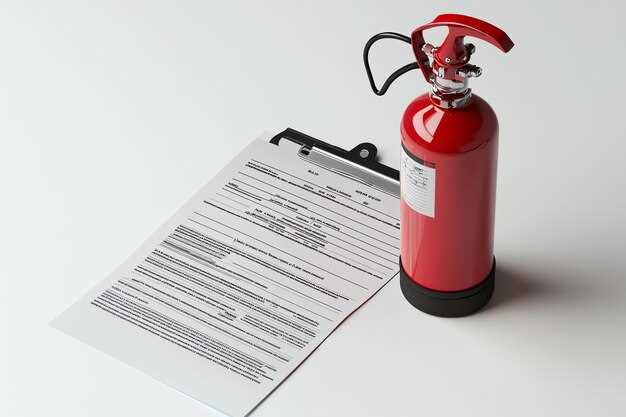
Ensuring safety on watercraft is a paramount concern for boat operators and passengers alike. The potential for a fire at sea poses serious risks, making it essential for boat owners to comply with regulations set forth by maritime law regarding fire extinguishers. Understanding these requirements not only protects life and property but also ensures adherence to legal obligations.
The law mandates that boaters equip their vessels with the appropriate type and quantity of fire extinguishers based on the size and type of the boat. Compliance with these regulations is critical; failing to do so can result in significant legal repercussions and heightened danger in case of an emergency. It is a fundamental responsibility for every boat operator to familiarize themselves with these rules to maintain a safe navigational environment.
Fires on boats can escalate quickly, so preparedness is key. Regulations specify not just the presence of fire extinguishers but also their proper maintenance and accessibility. In emergencies, quick access to functional fire suppression tools can make the difference between a manageable situation and a catastrophic event. Therefore, understanding fire extinguisher requirements is not merely a matter of compliance; it is an essential aspect of maritime safety and responsibility.
Specific Types of Fire Extinguishers Mandated for Different Boat Classes
In marine environments, fire safety is paramount, and various regulations outline the requirements for fire extinguishers based on specific boat classes. These laws ensure that vessels are equipped adequately to handle fire emergencies, thus promoting overall safety at sea.
For small recreational boats, such as those under 26 feet in length, a minimum of one portable fire extinguisher that is Coast Guard approved is required. This extinguisher should be classified as Type B, as it is capable of combating fires involving flammable liquids. Boats in this category often carry fewer passengers and have limited space, making it essential for safety equipment to be both effective and easily accessible.
When it comes to larger vessels, specifically those between 26 and 40 feet, the law mandates at least two fire extinguishers. One of these must be a Type B-1 extinguisher, while the additional one can be either Type B-1 or Type B-2. The latter offers a larger capacity and is suitable for more significant fire hazards, which are more pertinent to the increased size and potential fuel loads of larger boats.
For boats measuring over 40 feet, the requirements escalate further. These vessels must carry a minimum of three fire extinguishers–two must be Type B-1, and one can be either Type B-2 or a combination of both. Larger boats typically have more extensive interiors and more complex electrical systems, necessitating a higher level of preparedness against fire risks.
Additionally, specific legislation also addresses the positioning and maintenance of fire extinguishers aboard vessels. Fire extinguishers must be mounted in easily accessible places and should be inspected regularly to ensure they remain in good working condition. Failure to comply with these regulations not only jeopardizes safety but can also lead to legal repercussions for boat operators.
In summary, understanding the specific fire extinguisher requirements is crucial for all boat owners. Adhering to these regulations not only ensures compliance with the law but also significantly enhances safety for all aboard, underscoring the importance of preparedness in marine settings.
Inspection and Maintenance Guidelines for Marine Fire Extinguishers

Regular inspection and maintenance of marine fire extinguishers are critical components of boat safety. By following structured guidelines, boaters can ensure that their fire suppression equipment is always ready for action in the event of an emergency.
Fire extinguishers on boats should be inspected monthly to identify any signs of damage, corrosion, or leakage. Check the pressure gauge to ensure it is in the green zone, indicating adequate pressure. If the gauge shows red, the extinguisher should be serviced or replaced immediately.
Additionally, ensure that the extinguisher is easily accessible and not obstructed by any equipment or supplies. The label should be legible, providing clear instructions for use. Regularly clean the exterior to avoid corrosion and maintain visibility.
Annual maintenance by a certified professional is also essential. During this thorough inspection, the technician will check the internal components for functionality and perform necessary servicing, including recharging or replacing extinguishers as needed. This annual check confirms that each unit meets the safety standards outlined by relevant maritime authorities.
Finally, keep an updated record of inspections, maintenance, and any repairs performed. This documentation is vital not only for compliance but also for tracking the state of fire safety equipment over time. By adhering to these guidelines, boaters can ensure enhanced safety for themselves and their passengers while navigating marine environments.
Punishments and Legal Consequences for Non-Compliance with Fire Safety Regulations

Non-compliance with fire safety regulations on marine vessels can lead to significant legal repercussions. Authorities enforce strict laws to ensure the safety of all individuals aboard. Failure to adhere to these regulations can result in fines, penalties, and even criminal charges against the vessel’s owner or captain.
Fines vary depending on the severity of the violation. Minor infractions may incur modest penalties, while serious breaches, such as the absence of a functioning fire extinguisher, can lead to substantial fines. Regulatory bodies prioritize compliance to prevent accidents and safeguard lives.
In addition to financial penalties, non-compliance can have severe operational consequences. Repeat offenders may face increased scrutiny and inspections, leading to potential delays in maritime operations. In extreme cases, a vessel may be detained until compliance is achieved.
Legal consequences also extend to liability claims in the event of a fire incident. If it is determined that negligence contributed to the fire, the boat owner could face lawsuits for damages, injuries, or loss of life. This vulnerability highlights the importance of adhering to fire safety regulations.
Overall, the enforcement of fire safety laws within the marine industry aims to protect both the crew and passengers. Understanding the consequences of non-compliance reinforces the necessity of maintaining adequate fire safety measures on all boats.



